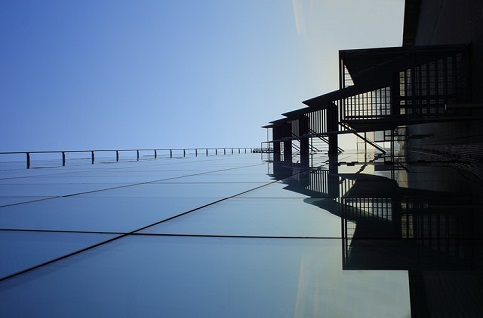The technological aspects of construction influence the modern bridge industry from the very first steps of design. Entire families of bridges such as the launched bridges, the span-by-span bridges and the balanced cantilever bridges take the name itself from the construction method. The full-span method so frequently applied in high-speed railway projects is another example.
The bridge industry is moving toward mechanized construction because this saves labour, shortens project duration and improves quality. This trend is evident in many countries and involves most construction methods. Mechanized bridge construction is based on the use of specialized erection equipment.
Beam launchers are used to erect precast beams. Self-launching gantries and lifting frames are used to erect precast segmental bridges. Movable scaffolding systems (MSS) and form travellers are used for in-place casting of spans and segments of prestressed-concrete bridges. Forming carriages are used for segmental casting of the concrete slab of composite bridges. Portal carriers with underbridge and span launchers fed by tyre trolleys are used for transportation and placement of precast spans. Lifting platforms are used to hoist micro-segments for suspension bridges. Alternate configurations of machines are also available for most construction methods.
New-generation bridge construction equipment is complex and delicate. It handles heavy loads on long spans under the same constraints that the obstruction to overpass exerts onto the bridge. Safety of operations and quality of the final product depend on complex interactions between human decisions, structural, mechanical and electro-hydraulic components, control systems, and the bridge being erected.
In spite of their complexity, these machines must be as light as possible. Weight governs the initial investment, the cost of shipping and site assembly, the erection stresses, and sometimes even the cost of the bridge. Weight limitation dictates the use of high-grade steels and the design for high-stress levels in different load and support conditions, which makes these machines potentially prone to instability.
Bridge erection equipment is assembled and decommissioned many times, in different conditions and by different crews. It is modified, reconditioned and adapted to new work conditions. Connections and field splices are subjected to hundreds of load reversals. The nature of loading is often highly dynamic, the equipment may be exposed to strong wind, and the full design load is reached multiple times and sometimes exceeded. Impacts are not infrequent, vibrations may be significant, and most machines are actually quite lively because of their high structural efficiency.

